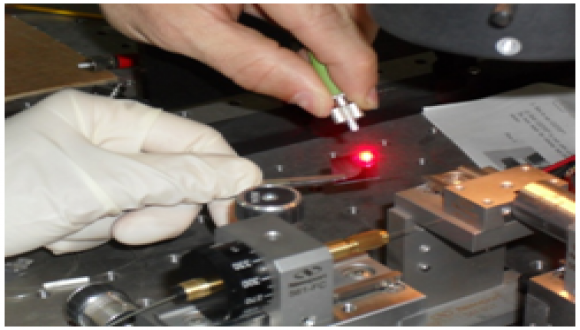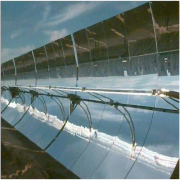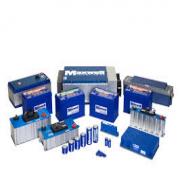Nano Antennas & Carbon Nanotubes
When it comes to converting solar energy (sunlight) to electricity the silicon cell has one major limitation – it utilises only 40 % of the total energy available from sunlight.
When it comes to converting solar energy (sunlight) to electricity the silicon cell has one major limitation – it utilises only 40 % of the total energy available from sunlight.
When it comes to converting solar energy (sunlight) to electricity the silicon cell has one major limitation – it utilises only 40 % of the total energy available from sunlight. This means 60 % of the energy goes to waste! The reason is that silicon works with the higher energy frequencies only, wavelengths shorter than that of infra red. This limitation in the use of silicon has led our scientific team to engage in some brilliant and uniquely innovative research, based on the use of antennae rather than silicon cells to capture the longer, unused solar energy wavelengths. Sunlight being a form of electromagnetic radiation could be picked up by antennas in the same way as other electromagnetic radiation and used to produce an electric current. To achieve this miniature antennas would have to be constructed, nanometers in length, each corresponding to specific wavelength in the solar spectrum. Here the carbon nanotube provides the ideal solution. The carbon nanotube (built from carbon atoms) would also solve another major problem, namely the conversion of AC current as generated by high frequency solar energy into DC current. When configured as a diode the carbon nanotube is able to do this. These two elements, the nano antennas and the carbon nanotubes, represent significant breakthroughs in the field of solar energy utilisation, and major strides are being made in this exciting new avenue of research. Indeed, the components necessary for achieving these results have already been produced in the laboratory and the conversion of certain wavelengths of light to electricity have been successfully demonstrated .



(a) (b)
Figure 1:HRSEM image of (a) a nano-antenna array (b) A single CrAu dipole antenna


(a) (b)
Figure 2: HRSEM images of (a) CNT diode: carbon nanotubes grown between electrodes. (b) Bowtie nano-antena arrays (image and a single antenna (inset).








